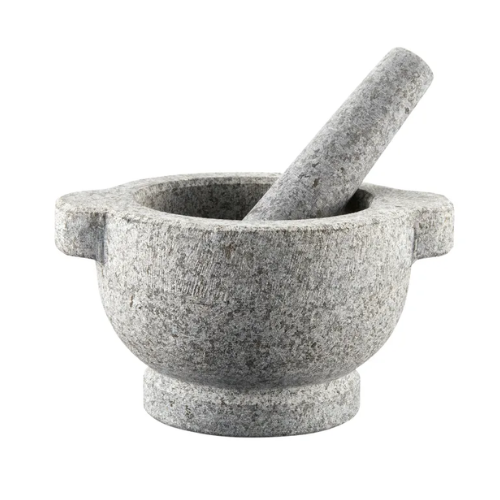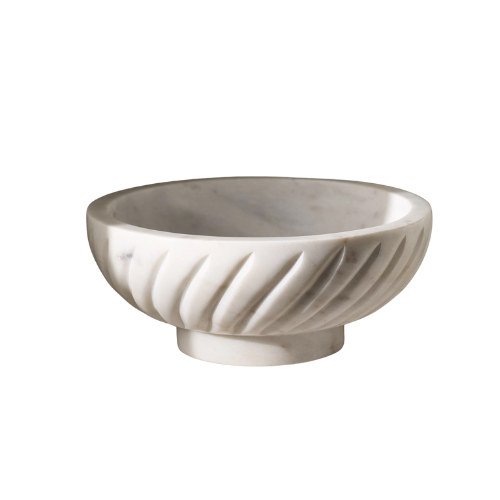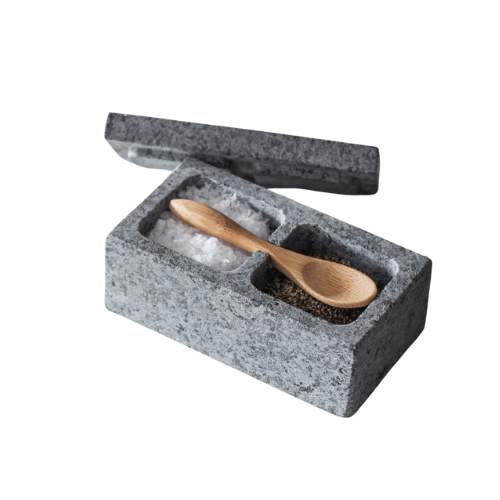Are Granite Countertops Outdated? The Experts Decide If This Once-Classic Material Has Seen the End of Its Days
Our kitchen trend experts deep dive into the topic to decide whether granite has had its time

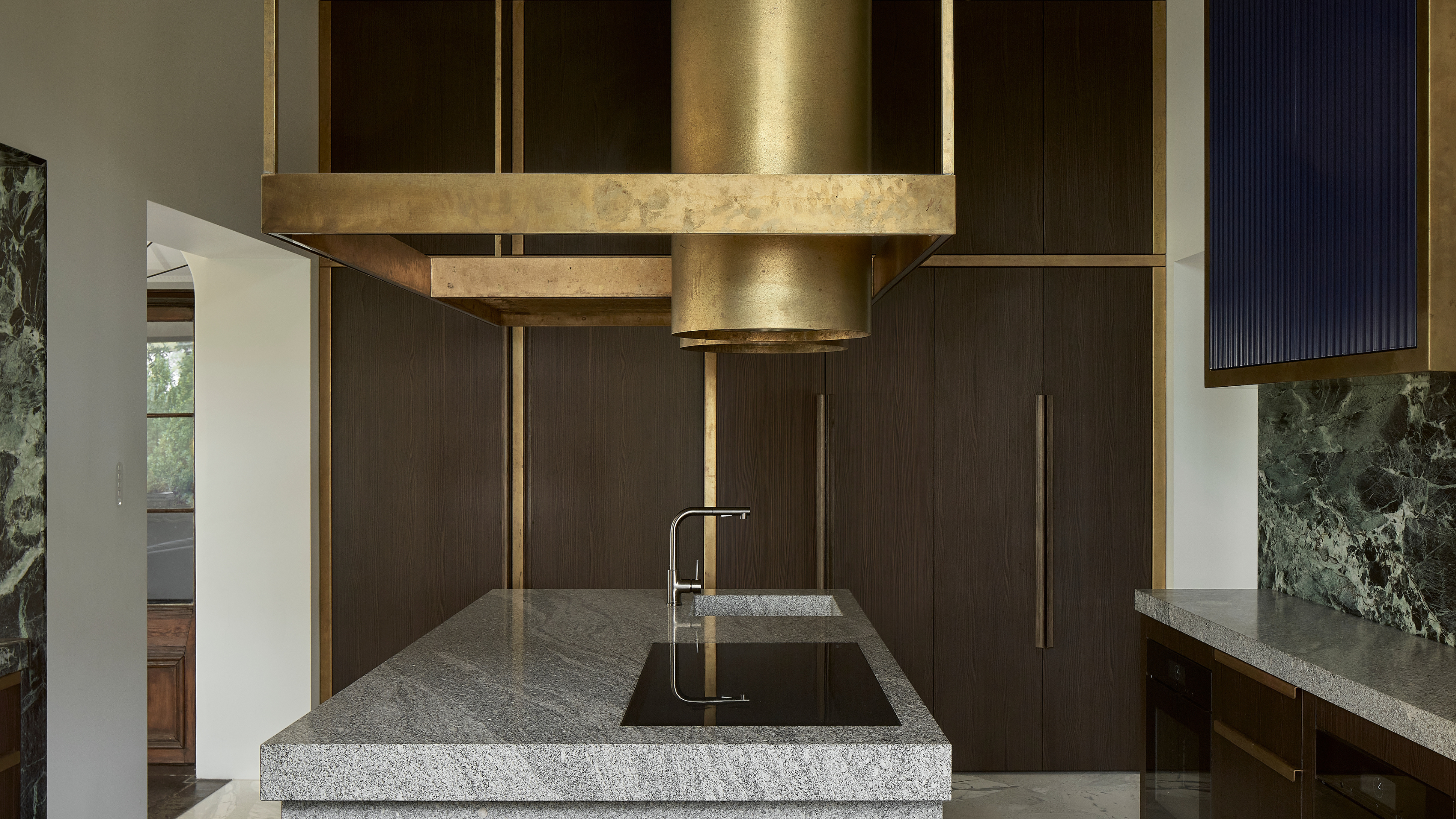
All good things must come to an end, so they say. And we've heard rumblings that it is officially the end of the reign of granite work surfaces.
That's right, the seemingly perennially popular natural stone has slowly but surely been falling out of favor among our favorite interior designers and stone experts. Though having been used in the construction of both the pyramids in Egypt and the Pantheon in Rome, there's no denying that it's had a good run. But is this kitchen countertop material more suited to ancient architectural sites than our kitchens?
Well, as with many trends that receive the doomed title of 'outdated', granite is primarily just a victim of its own popularity.
As interior designer Rachel Blindauer explains, "Granite isn’t outdated — it’s just no longer the default. What was once seen as aspirational in early-2000s kitchens has become so ubiquitous that many homeowners now equate it with builder-grade design. But that’s a disservice to the material."
So, here to battle it out, our experts dive deeper into the topic, so we can finally conclude whether or not this material has had its prime.
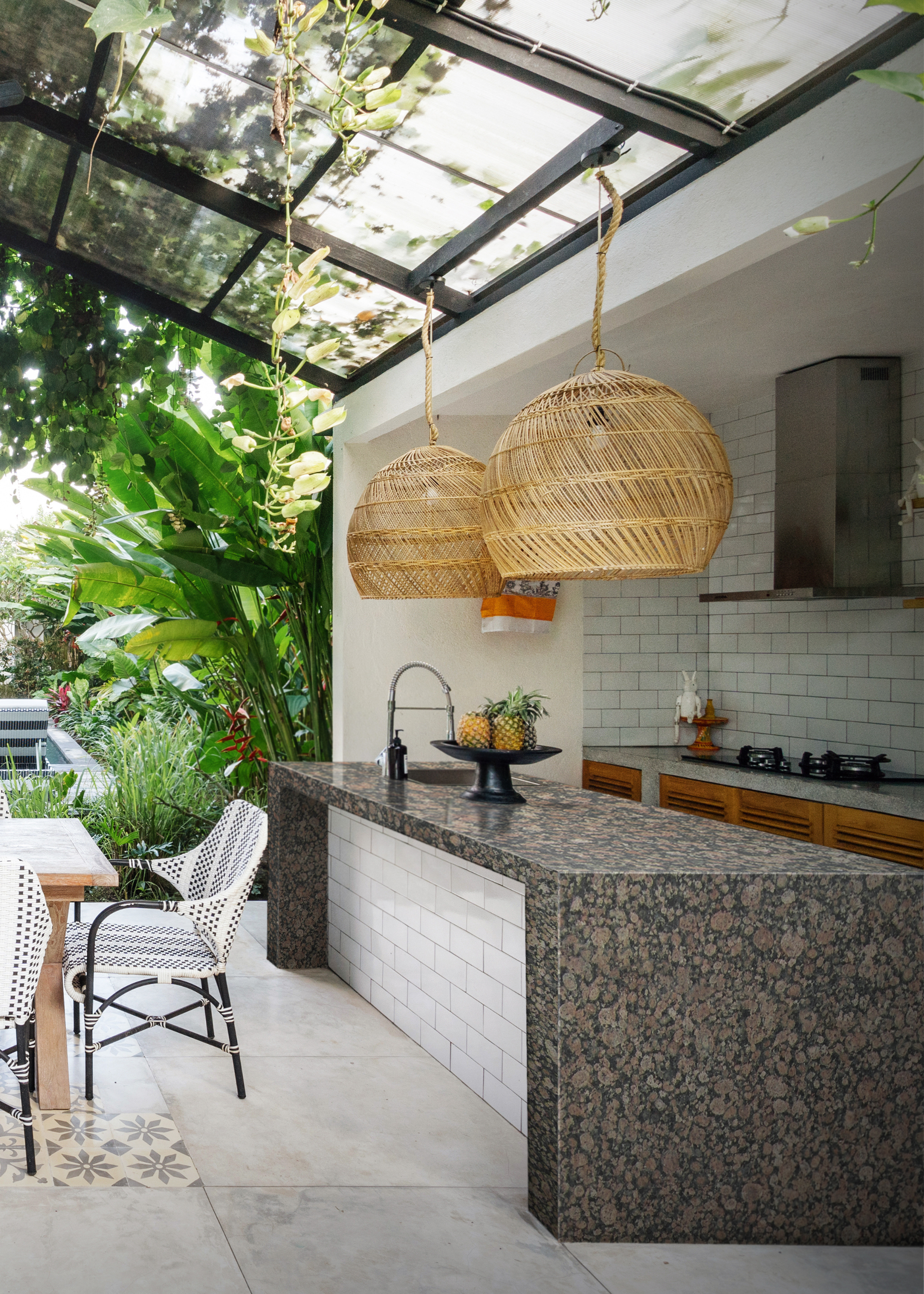
Before we start to pick the material apart, let's first lay the groundwork for what the granite is.
Like many of the most popular kitchen countertops, granite is a natural stone, meaning it will have that desirable, unique look, with no two slabs ever looking exactly the same.
The Livingetc newsletters are your inside source for what’s shaping interiors now - and what’s next. Discover trend forecasts, smart style ideas, and curated shopping inspiration that brings design to life. Subscribe today and stay ahead of the curve.
But before it can end up on your kitchen island, the process must begin further afield, deep in the earth's crust. Here, a series of changes in temperature results in the solidification of the formerly molten rock. This igneous rock will eventually rise to the surface of the Earth, where it is then quarried and used for a plethora of purposes.
Typically, this stone is formed of a combination of quartz, mica, and feldspar. The varying quantities of these minerals will dictate the appearance of each slab, with higher amounts of potassium resulting in a more pink stone, and biotites making for a darker, brown material.
In Defence of Granite
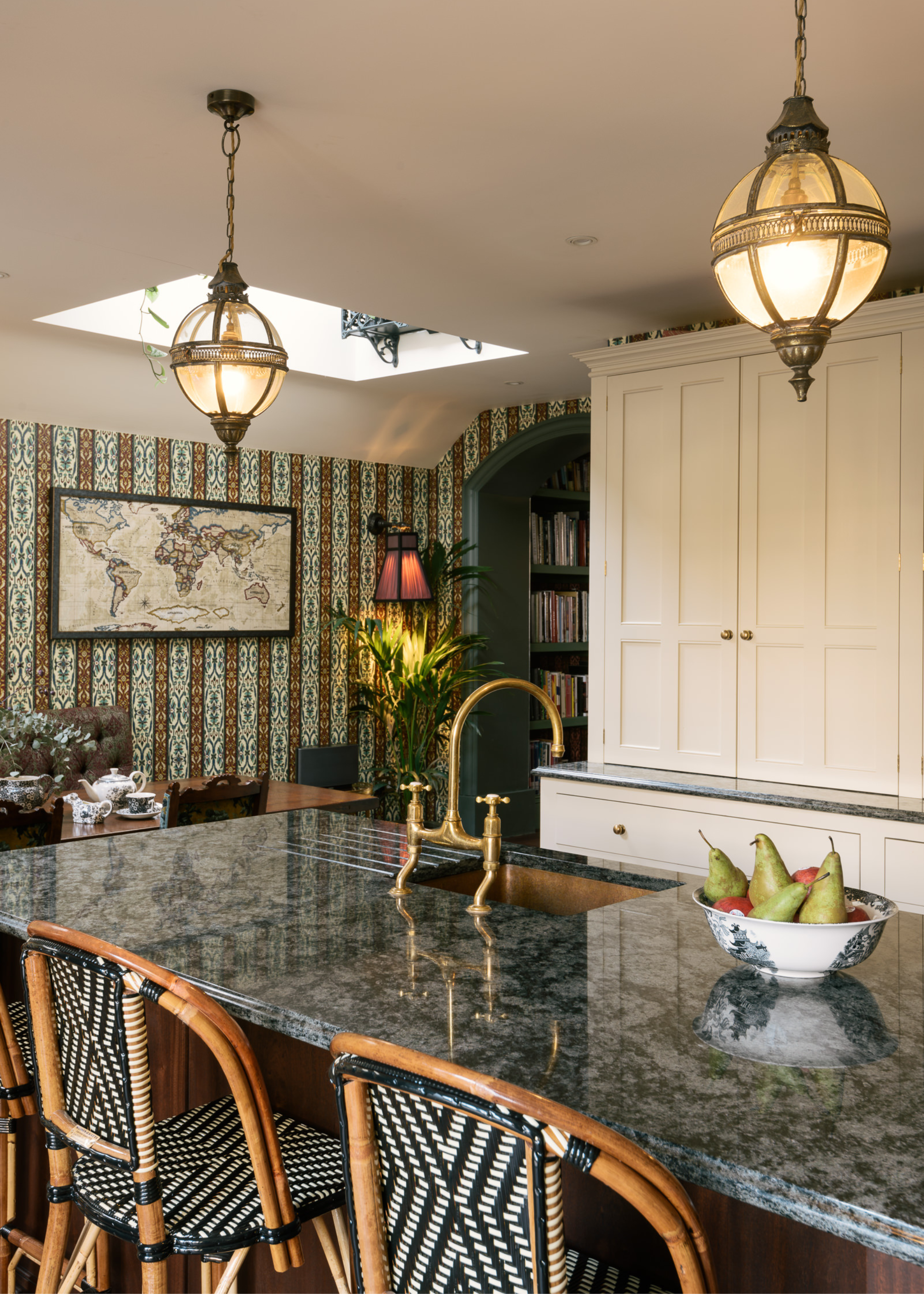
When something becomes deemed 'outdated', we are quick to turn our backs on the trend, abandoning it as an embarrassing reminder of the past. However, this is a naive approach, relying on our desire to forget or ignore all that made that trend popular to begin with.
"Polished granite is the most durable natural work surface," says Helen Parker, creative director at deVOL Kitchens. "It is not indestructible and can be scratched or marked, but its properties are still much more desirable than any similar manmade product; you just have to remember to take care," says Helen.
This hard-wearing, durable nature is a large part of the material's appeal for kitchen designs. Plus, its strength and resistance make it ideal for experimenting with more surprising and modern finishes.
As Helen notes, "It has always been a go-to favourite for deVOL customers and recently we introduced a decorative ogee edging which has a wonderfully tactile and glamorous feel, making us fall back in love with this classic black worktop," Helen says.
Had granite remained the same as it has for the past few decades, only available in the same, tired shades and finishes, perhaps the experts would be more inclined to label the stone as 'outdated'; however, its ability to adapt and evolve into other, more intriguing trends, like the decorative counter edges mentioned by Helen, provides this material with a more 'timeless look'.
Jessica Bandstra, owner and head of design at Dogwood Proper explains, "Over the years, I’ve seen how interior design trends evolve, and think Granite can be an excellent choice for kitchens."
While not necessarily quite as luxurious a material as marble, granite offers the same natural stone benefits, without the laborious upkeep, making it a worthy alternative to marble.
"It's a great price point, and the maintenance of granite is low. It's the workhorse," says Jessica. She continues, suggesting, "To make your granite look the most sophisticated, I recommend choosing an Absolute Black granite in a leathered finish. It mimics soapstone but is more durable and requires far less maintenance. This option works with all kinds of aesthetics and can lean traditional or modern."
These new, emerging options for granite finishes are exactly what is preventing the stone from slipping into the realm of 'outdated'. The granite options that are popular in today's kitchen trends look wildly different from what you would have found in a 2003 kitchen.
"A new generation of granites, like Jet Mist and others, offers fresh possibilities," says Malka Helft from Think Chic Interiors. "Currently, blacks and grays are leading in popularity, but there’s a growing variety. Granite remains a sought-after natural stone due to its strength and lower porosity compared to marble. However, it doesn’t occur in pure white and, being natural, may etch over time."
Helen joined deVOL as a Kitchen Designer in 2004 after a lengthy sabbatical raising a family, she quickly proved that she has the wherewithal to guide prospective clients through the kitchen design process. Helen was promoted to the position of Creative Director in 2011 after showing an innate ability to forecast trends and give deVOL a style direction. She was given the task of redesigning deVOL's kitchen displays both at Cotes Mill and our first London showroom, this included designing new pieces of furniture to add to our existing Classic and Shaker ranges.
... And in Opposition
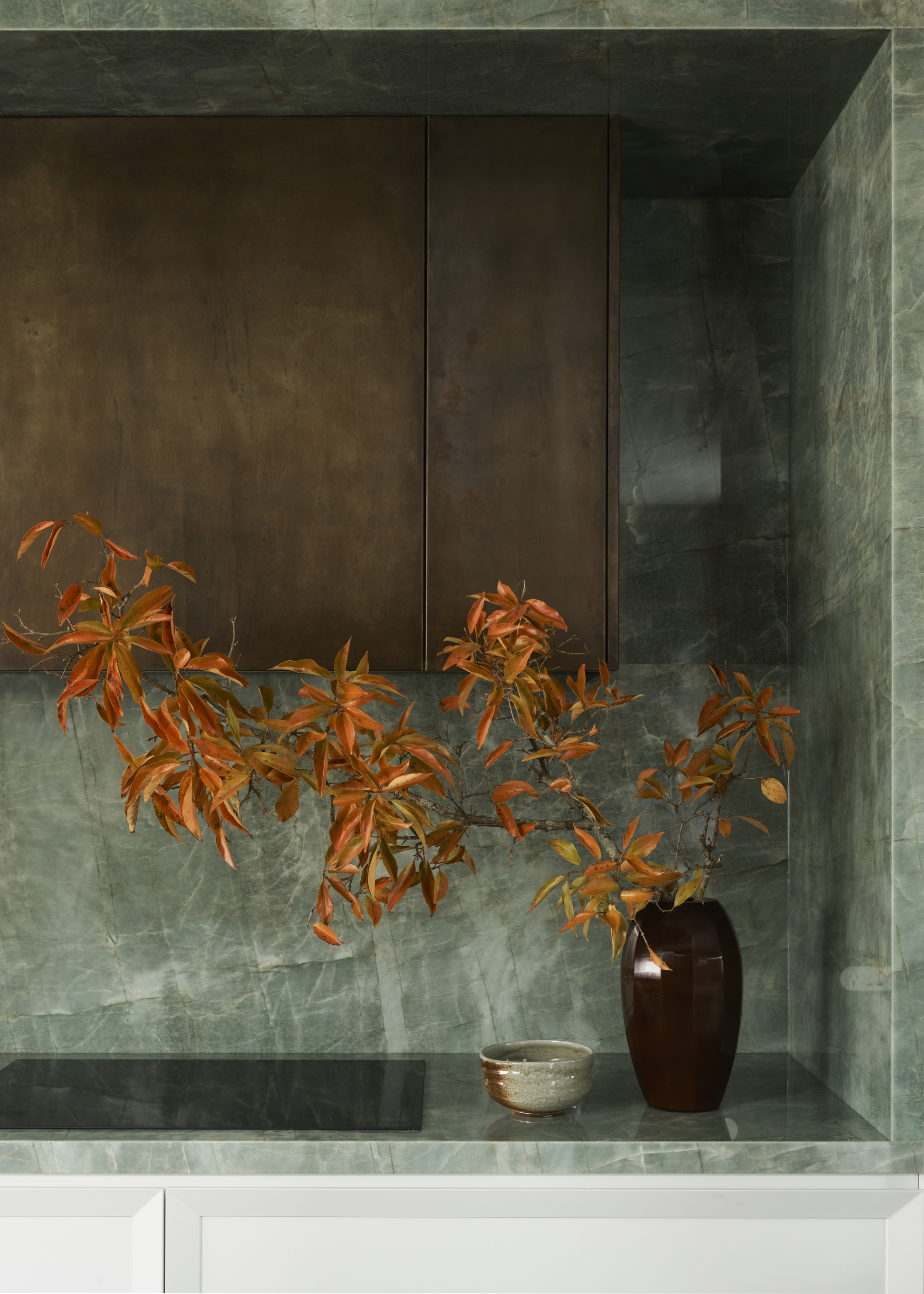
"Granite countertops are still widely used, but in many contemporary kitchens they are beginning to feel outdated," shares interior designer Anastasiia Amani, "Especially the heavily speckled, glossy finishes that were popular in the early 2000s."
These shimmering countertops were the style to have in the 2000s, a staple in every stylish kitchen design, which has now, in turn, turned us all off the look, making this particular style a kitchen countertop material to avoid.
"Modern clients now seek materials and aesthetics that convey either cutting-edge innovation or raw, organic beauty," explains Anastasiia.
The harsh, glittering look veers on the side of unnatural, which conflicts with our cultural desire for a more organic modern style.
"We rarely see clients doing granite countertops nowadays," comments Kym Terranova from Leigh Vaeth | Tile + Stone.
"The hot countertop material right now is quartz or quartzite," she explains; "Taj Mahal quartzite is huge."
Interior designer Jen Baxter agrees with Kym's assessment, saying, "For new builds and renovations, I always steer clients toward quartzite countertops. From both a functional and aesthetic perspective, it’s hard to beat: quartzite is more durable, resists scratching better than granite, and typically needs sealing less frequently."
While this doesn't mean granite is completely and entirely outdated as a material, it does seem as though its time in the limelight has subsided, stepping aside to make space for more desirable materials, like the uber-popular quartzite.
How to Make Granite Look Modern

Just because granite may not be the most modern material to feature in your kitchen design, this does not mean there aren't plenty of ways to update the stone and make it look more current.
"To make granite more stylish and contemporary, strip it down," suggests Judi Cooper from Kitchens Inside Out.
A minimalist kitchen, without any fuss or frill, is always going to be in style. There is something timeless about stripped-back simplicity that ensures this look will stand the test of time.
"Forget the ornate edges and reflective shine. Go matte. Go clean. Keep the lines sharp. Then frame it right — granite needs good company. Matte cabinetry. Slim hardware. A slab backsplash that makes it feel cohesive. It's not just about the counter — it's about the conversation between every surface in your kitchen," suggests Judi.
This minimalist design doesn't just revolve around the finish of your stone, but the color you select, as well — try avoiding the most outdated granite colors for a more modern design.
As Felix Milns, founder of HUX London, says, "For a sleek, contemporary look, opt for a white or black stone, avoiding brown and tan granite, which can often make a kitchen look outdated."
Though if minimalism is not your thing, there's plenty of space to experiment with a more colorful kitchen with granite.
"Or to add a design statement to your kitchen, consider choosing a granite countertop in an unusual color such as blue or green, delivering a beautiful focal point, which can be complemented with additional furnishings in similar hues," Felix suggests.
Most crucially, if you don't want your kitchen to look outdated, avoid the sparkling, speckled stones from the 2000s.
"To maintain a streamlined look, avoid granite with speckled and tight patterned stones, as this can often be visually overwhelming for a countertop. Instead, try a leathered or honed finish, which will avoid the countertop looking shiny or glittery, delivering a beautiful yet subtle sheen on the surface," says Felix.
However, if you're already in too deep and have to work around an existing granite worksurface, don't despair — there is still plenty you can do to keep your space feeling modern.
"If you’re working with existing counters, if you have a fairly plain granite, you can shift attention to new focal points to improve balance and style without needing to replace the stone," says Jen, "A custom range hood, statement chandelier or even updated cabinet hardware can take center stage so the granite fades into the background."
So, the question of whether granite is outdated or not bears a slightly more complicated answer than a yes or no.
As Rachel explains, "Granite is, after all, a natural stone — formed over millions of years. It’s durable, heat-resistant, and uniquely expressive in pattern. What dates it is not the stone itself, but the finish and context."
The stone you choose and the way you style it will define the characteristics of the material. The latest kitchen stone trends will also help you design a kitchen that is timeless and stylish.
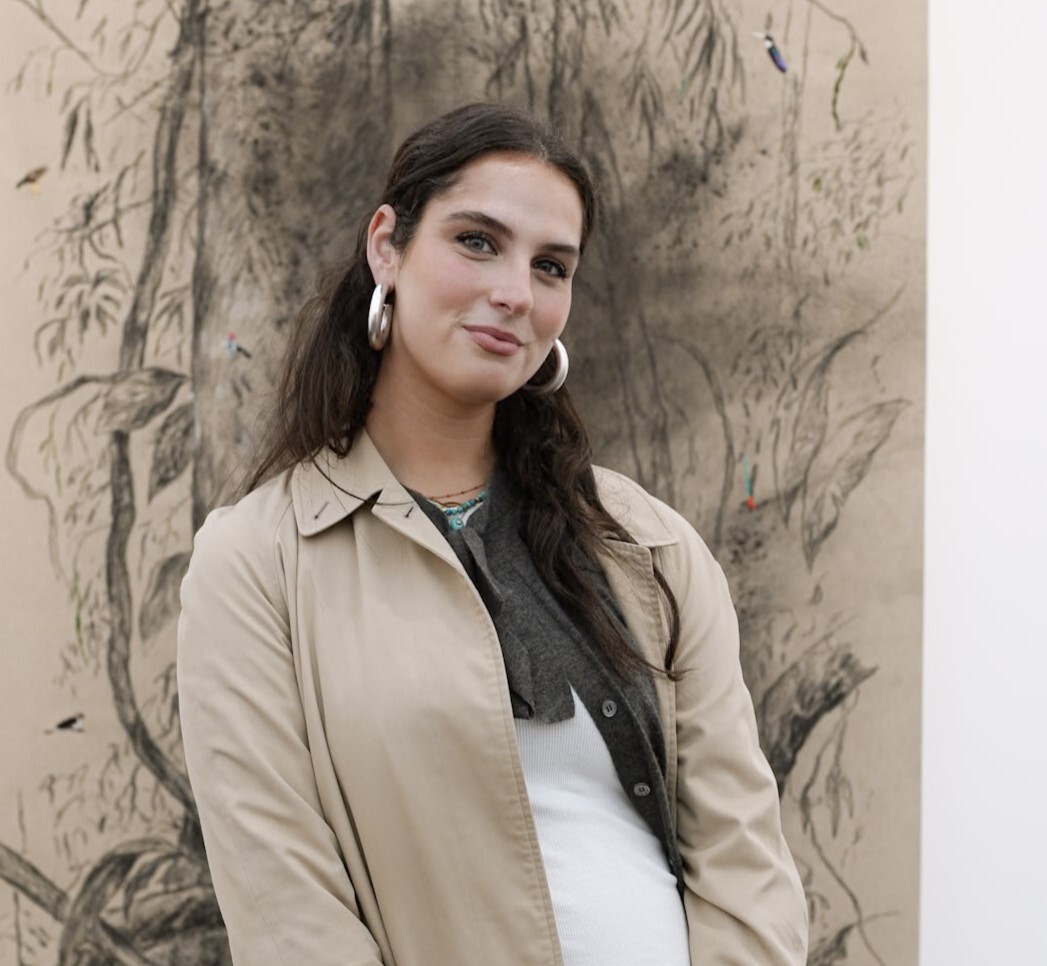
Maya Glantz is a Design Writer at Livingetc, covering all things bathrooms and kitchens. Her background in Art History informed her love of the aesthetic world, and she believes in the importance of finding beauty in the everyday. She recently graduated from City University with a Masters Degree in Magazine Journalism, during which she gained experience writing for various publications, including the Evening Standard. A lover of mid-century style, she can be found endlessly adding to her dream home Pinterest board.
